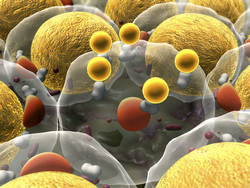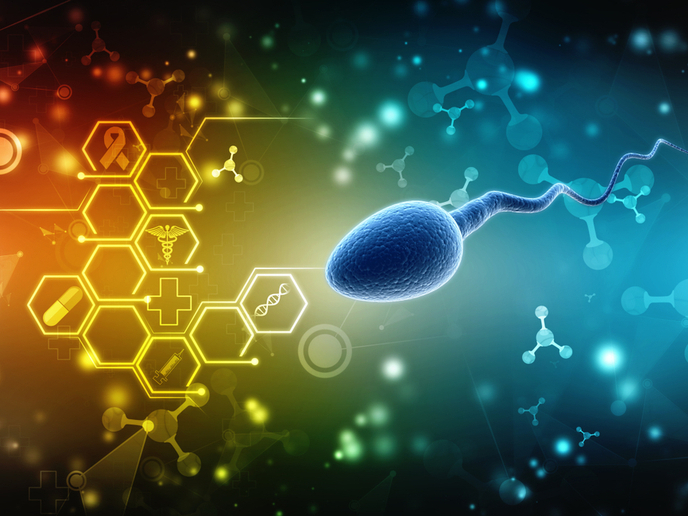Nuclear pore organisation revealed
The clear role of NPCs as nuclear gatekeepers and the mechanisms involved in nuclear trafficking are well documented. However, the mechanisms of their critical roles in chromatin organisation, gene regulation and certain diseases such as leukaemia that go beyond simple transport are unclear. Understanding these requires much better knowledge of NPC organisation and structure. Such was the impetus behind the EU-funded project NPCCRYOET (A combined approach of cryo-electron tomography and protein tagging for elucidating the structural organization of the human nuclear pore complex). NPCs are formed largely from multiple copies of about 30 different protein components called nucleoporins (Nups) organised as repetitive subcomplexes of the NPC. How they are arranged to form the scaffold of the NPC is unknown and determining their structure is a technical challenge. Current methods employing 2D immunogold-labelling techniques and cryo-electron tomography (cryo-ET) have insufficient resolution to identify the precise positioning of Nup subcomplexes in the 3D structure of NPCs. Cryo-ET enables the visualisation of frozen hydrated biological samples unaltered by harmful sample preparation techniques. It has provided important insight, but resolution is on the molecular scale, not the atomic scale. NPCCRYOET researchers improved subcellular fractionation methods and cryo-preparation of isolated nuclear envelopes for cryo-ET. They developed high-throughput acquisition and subtomogram averaging for high-resolution localisation of Nups and visualisation of the molecular architecture of the NPC. Together with gene-silencing protocols for several Nups, the team obtained the structure of the human NPC and localisation of the Nup214 subcomplex in the NPC with approximately 4 nm resolution. Further, scientists fitted the isolated structure of the human Nup107 subcomplex into the map of the human NPC, showing that 32 copies of the Nup107 subcomplex assemble into 2 reticulated rings, one each at the cytoplasmic and nuclear face of the NPC. The groundbreaking results of the NPCCRYOET research project pave the way to solution of a mystery that has challenged scientists for decades. They open the door to addressing issues of NPC assembly, nuclear transport and structural organisation that will have profound impact on human health and disease therapy.







